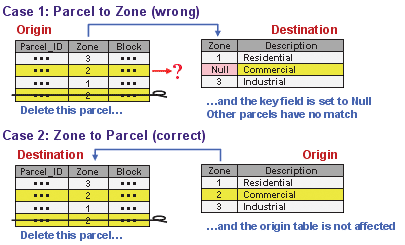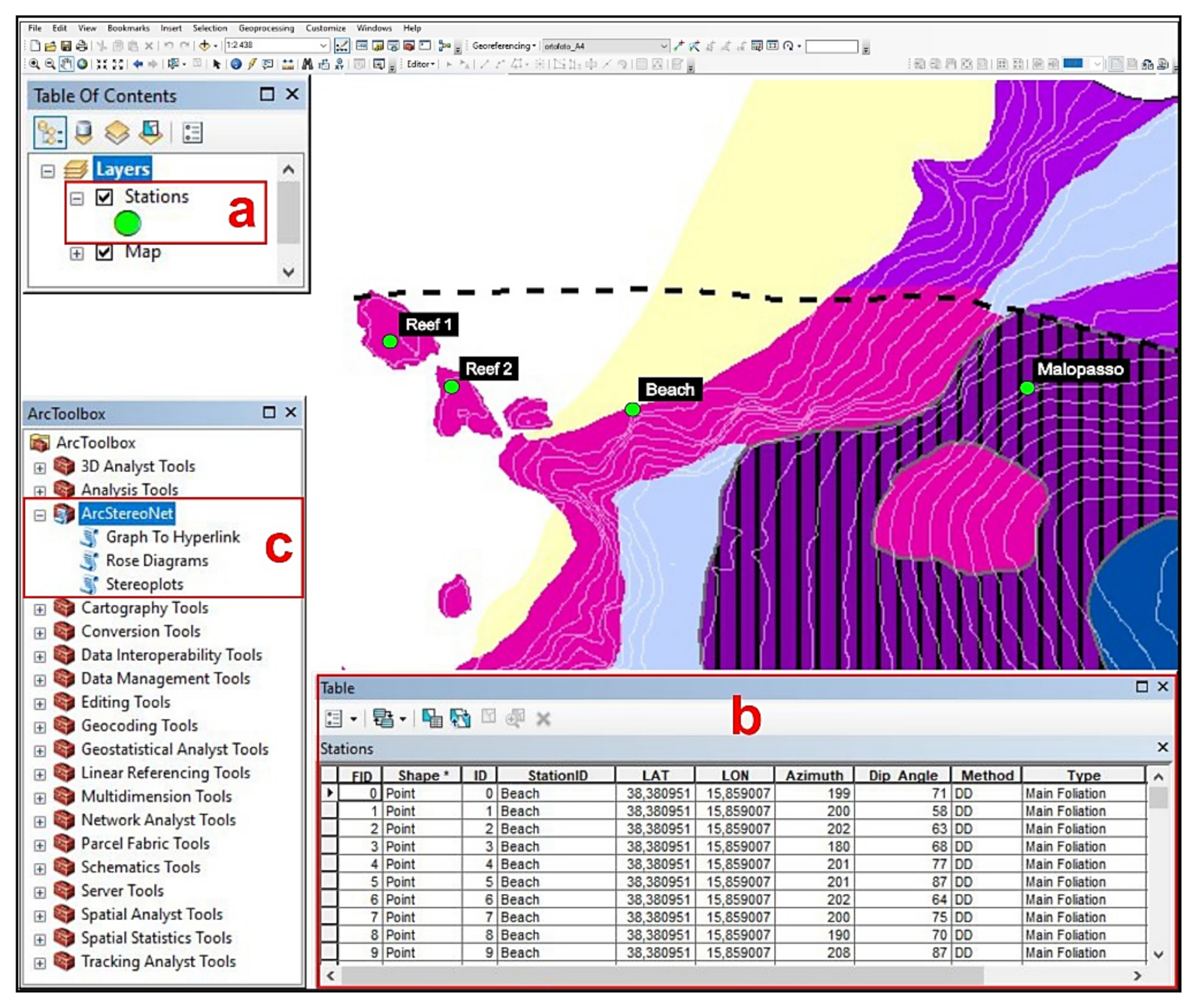

In the Catalog pane, delete the relationship class that links the new feature classes to the new annotation feature class.In the Browse for table/feature class dialog box, select the original annotation feature class, and click Add. Click Import to import the fields from the original annotation feature class.Optionally, set the annotation properties (for example, text, color, etc.) or accept the defaults.Select either Standard Label Engine or Maplex Label Engine. Specify the Label Engine used to create the labels that are converted into annotation.It is recommended to use the same scale as the original annotation feature class. For the Reference Scale, specify a scale for the annotation.Accept the default XY Tolerance and click Next.Check the Link the annotation to the following feature class box, select the new empty feature class created in Step 6, and click Next > Next.
 Name the feature class and set the type to Annotation Features. It is not necessary to define a spatial reference for the new annotation feature class because it is automatically pulled from the feature class that it is linked to. Create a new, empty annotation feature class in the geodatabase. In the Browse for table/feature class dialog box, select the original feature class, and click Add, and click Finish. Click Import to import the fields from the original feature class. Accept the default XY Tolerance and click Next > Next. Select the spatial reference used in the original feature class and click Next. Set a name for the new feature class, set the type to be the same as the original feature class in Step 2, and click Next. Right-click the geodatabase > New > Feature Class. In the Catalog pane, create a new empty feature class in the geodatabase. In the Field Calculator dialog box, select FeatureID in the Fields section. Right-click the new oldfid field and select Field Calculator. Open the attribute table of the annotation feature class. Calculate the oldfid field to be equal to the FeatureID field. In the annotation feature class, add a new double field, and name it as oldfid. Click Finish to create the new relationship class when satisfied with your options. If you want to change something, you can go back through the wizard by clicking Back. Review the options you specified for your new relationship class. Click the foreign key that refers to the primary key selected in step 15. Only those fields that are the same type as selected in step 15 are displayed. Click the drop-down arrow to see a list of fields from the Destination table or feature class. Click the primary key for this feature class or table. Click the drop-down arrow to see a list of fields from the Origin table or feature class. In this example, the relationship class does not require attributes. In this example, an owner can own a single parcel, and a parcel can be owned by a single owner, so this is a one-to-one (1:1) relationship. Click the message notification direction. Type the forward and backward path labels. Click Simple (peer-to-peer) relationship. Click the Destination table or feature class. Click the Origin table or feature class. Type the name for the new relationship class. In the Catalog tree, right-click the geodatabase or feature dataset in which you want to create the new relationship class and point to New > Relationship Class. In the database, a parcel can be owned by a single owner, and an owner can own a single parcel, so it is a one-to-one relationship. It is a simple, nonattributed relationship.
Name the feature class and set the type to Annotation Features. It is not necessary to define a spatial reference for the new annotation feature class because it is automatically pulled from the feature class that it is linked to. Create a new, empty annotation feature class in the geodatabase. In the Browse for table/feature class dialog box, select the original feature class, and click Add, and click Finish. Click Import to import the fields from the original feature class. Accept the default XY Tolerance and click Next > Next. Select the spatial reference used in the original feature class and click Next. Set a name for the new feature class, set the type to be the same as the original feature class in Step 2, and click Next. Right-click the geodatabase > New > Feature Class. In the Catalog pane, create a new empty feature class in the geodatabase. In the Field Calculator dialog box, select FeatureID in the Fields section. Right-click the new oldfid field and select Field Calculator. Open the attribute table of the annotation feature class. Calculate the oldfid field to be equal to the FeatureID field. In the annotation feature class, add a new double field, and name it as oldfid. Click Finish to create the new relationship class when satisfied with your options. If you want to change something, you can go back through the wizard by clicking Back. Review the options you specified for your new relationship class. Click the foreign key that refers to the primary key selected in step 15. Only those fields that are the same type as selected in step 15 are displayed. Click the drop-down arrow to see a list of fields from the Destination table or feature class. Click the primary key for this feature class or table. Click the drop-down arrow to see a list of fields from the Origin table or feature class. In this example, the relationship class does not require attributes. In this example, an owner can own a single parcel, and a parcel can be owned by a single owner, so this is a one-to-one (1:1) relationship. Click the message notification direction. Type the forward and backward path labels. Click Simple (peer-to-peer) relationship. Click the Destination table or feature class. Click the Origin table or feature class. Type the name for the new relationship class. In the Catalog tree, right-click the geodatabase or feature dataset in which you want to create the new relationship class and point to New > Relationship Class. In the database, a parcel can be owned by a single owner, and an owner can own a single parcel, so it is a one-to-one relationship. It is a simple, nonattributed relationship. Arcgis 10.6 relationship classes how to#
The example in the following task shows how to create a relationship class between a feature class that stores parcel objects and a table that stores owner objects.

Relationship classes appear in the Catalog tree you can inspect their properties as well as the relationships for any particular feature class. These tools can be used to create simple, composite, and attributed relationship classes. You can create new relationship classes between any feature class or table within your geodatabase using tools in ArcCatalog or the Catalog window. The feature classes participating in a relationship class will also be read-only in ArcGIS for Desktop Basic. Although relationship classes can be both created and edited in ArcGIS for Desktop Advanced and ArcGIS for Desktop Standard, they are read-only in ArcGIS for Desktop Basic.







 0 kommentar(er)
0 kommentar(er)
